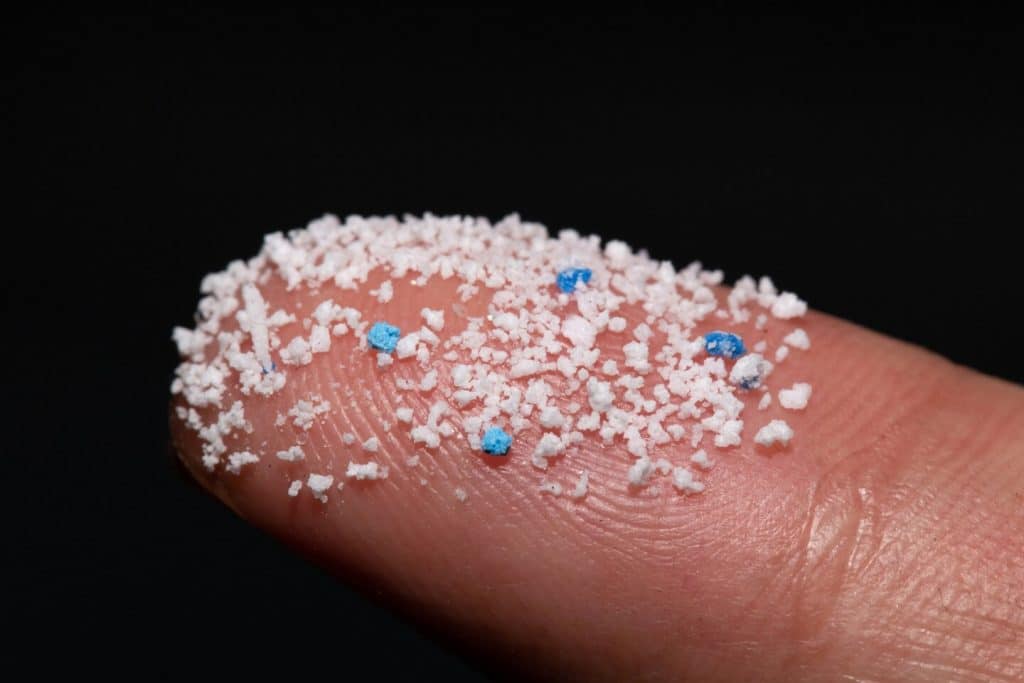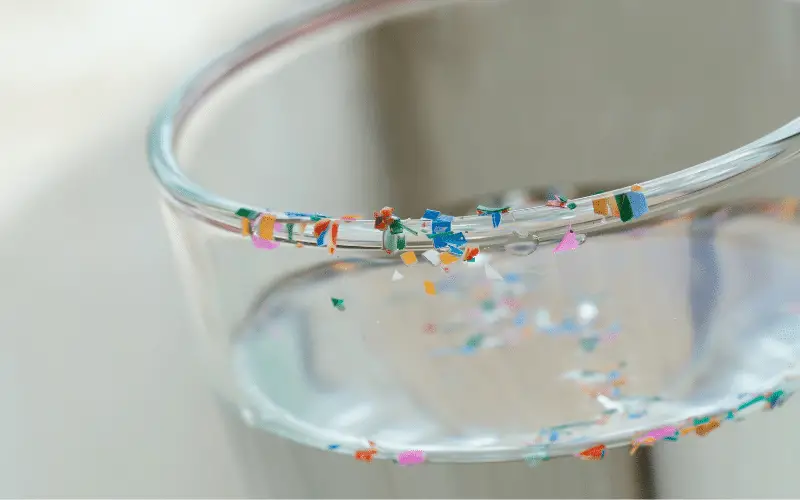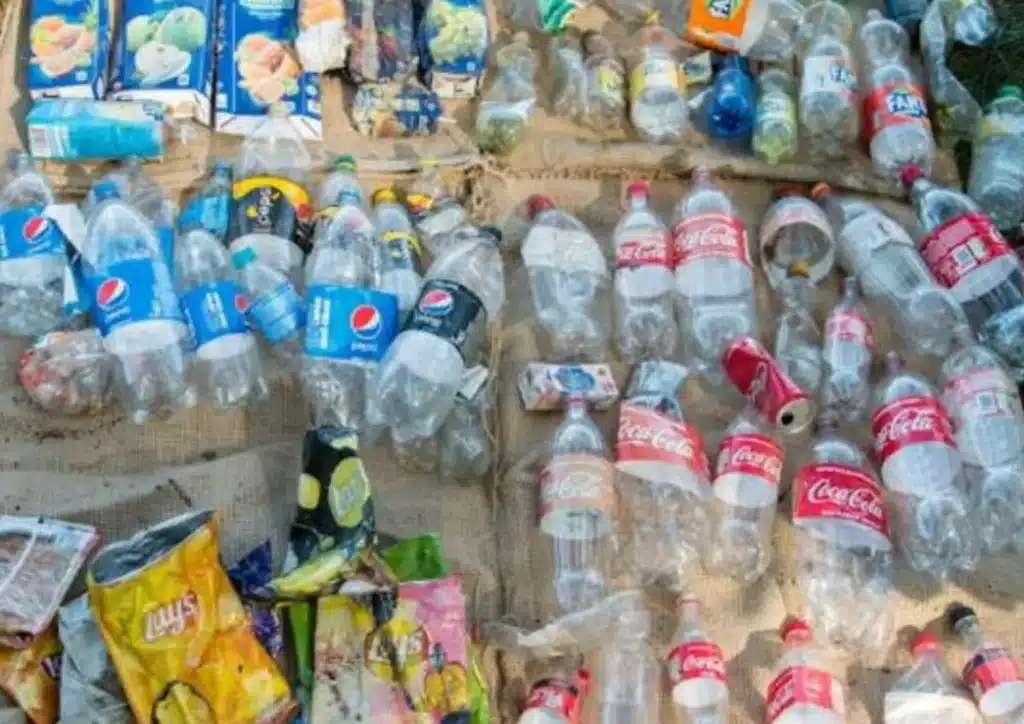A team of public health researchers affiliated with several institutions in China found microplastics in the sperm of each sample analyzed. In their study, published in the journal Science of the Total Environment, the team looked for microplastics in semen samples obtained from 36 healthy adult men.
Microplastics found in several semen samples
Previous research has shown that microplastics are almost everywhere, on mountaintops, on remote islands, in the upper atmosphere and in the depths of the world’s oceans. They have also been found in every organ of the human body.
In a recent discovery, scientists found that the average person consumes about a credit card’s worth of plastic every week. The researchers point out that plastic can enter the body in several ways, such as by drinking from water bottles, breathing air particles, or eating food heated in plastic containers. They also note that it is now virtually impossible for people to avoid ingesting microplastics.
The health impacts remain unknown, but many scientists around the world are looking into it, suspecting that ingestion of microplastics may underlie many inflammatory diseases.

In this new study, the research team asked whether ingested microplastics could be behind the global decline in fertility rates. To find out, they recruited 36 healthy adult males who lived in the city of Jinan in eastern China and who did not work in the plastics industry; they each donated a sperm sample for testing.
Each of the samples was prepared by mixing it with a chemical solution and then filtered for analysis by a team member using a microscope. The researchers found microplastics in every sample. They also found eight types of plastic, the most common of which was polystyrene, commonly used in packaging foam.
The team also found lower sperm motility in semen samples containing polyvinyl chloride plastic fragments, a finding that could help explain declining fertility rates.
Microplastics detected in several human placenta samples
A series of recent studies have found that microplastics are present in virtually everything we consume, from bottled water to meat and plant-based foods. Now, researchers at the University of New Mexico Health Sciences have used a new analytical tool to measure microplastics present in the human placenta.
In a study published in the journal Toxicological Sciences, a team led by Matthew Campen, Ph.D., professor in UNM’s Department of Pharmaceutical Sciences, reported finding microplastics in all 62 placenta samples tested, with concentrations that they range from 6.5 to 790 micrograms per gram of tissue.
While these numbers may seem small (a microgram is one millionth of a gram), Campen is concerned about the health effects of an ever-increasing volume of microplastics in the environment.
For toxicologists, “the dose makes the poison,” he said. “If the dose continues to increase, we will start to worry. If we see effects on the placenta, then all mammalian life on this planet could be affected. That’s no good.”
In the study, Campen and his team, in collaboration with colleagues at Baylor College of Medicine and Oklahoma State University, analyzed donated placental tissue. In a process called saponification, they chemically treated the samples to “digest” the fat and proteins into a kind of soap.
Then, they centrifuged each sample in an ultracentrifuge, leaving a small plastic nugget at the bottom of a test tube. Next, using a technique called pyrolysis, they placed the plastic pellet in a metal cup and heated it to 600 degrees Celsius, then captured gas emissions as different types of plastic burned at specific temperatures.
“The gas emission enters a mass spectrometer and provides a specific fingerprint,” Campen said. “It’s really cool.”

The researchers found that the most prevalent polymer in placental tissue was polyethylene, used to make plastic bags and bottles. It represented 54% of total plastic. Polyvinyl chloride (better known as PVC) and nylon each accounted for about 10% of the total, with the remainder made up of nine other polymers.
Marcus Garcia, PharmD, a postdoctoral researcher in Campen’s lab who performed many of the experiments, said that until now it has been difficult to quantify how much microplastic is present in human tissue. Typically, researchers would simply count the number of particles visible under the microscope, even if some particles are too small to see.
With the new analytical method, he said, “we can take it to the next step to be able to properly quantify it and say, ‘This is the number of micrograms or milligrams,’ depending on the plastic we have.”
Plastic use worldwide has grown exponentially since the early 1950s, producing a ton of plastic waste for every person on the planet. About a third of the plastic produced is still in use, but most of the rest has been discarded or sent to landfill, where it begins to deteriorate due to exposure to ultraviolet radiation found in sunlight.
“This ends up in the groundwater, and sometimes it aerosolizes and ends up in our environment,” Garcia said. “We don’t just get it from ingestion, but also through inhalation. It affects not only us as humans but all our animals – chickens, livestock – and all our plants. We see it in everything.”
Campen points out that many plastics have a long half-life, or the time it takes for half of a sample to degrade. “So, the half-life of some things is 300 years, and the half-life of others is 50 years, but between now and 300 years, some of that plastic will degrade,” he said. “The microplastics we see in the environment are probably 40 or 50 years old.”

Although microplastics are already present in our bodies, it is unclear what health effects they might have, if any. Plastics are traditionally assumed to be biologically inert, but some microplastics are so small that they are measured in nanometers – a billionth of a meter – and are capable of crossing cell membranes, he said.
Campen said the increasing concentration of microplastics in human tissues could explain the staggering rise in certain types of health problems, such as inflammatory bowel disease and colon cancer in people under 50, as well as declining sperm counts. .
The concentration of microplastics in placentas is particularly concerning, she said, because the tissue has only been growing for eight months (it begins to form about a month after the pregnancy begins). “Other organs in your body build up over much longer periods of time.”
Campen and his colleagues are planning further research to answer some of these questions, but in the meantime he is deeply concerned by the growing production of plastic around the world.
“The situation is only getting worse, and the trajectory is that it will double every 10 to 15 years,” he said. “So even if we were to stop it today, by 2050 there will be three times as much plastic in the background as there is today. And we won’t stop him today.”
#Microplastics #semen #samples